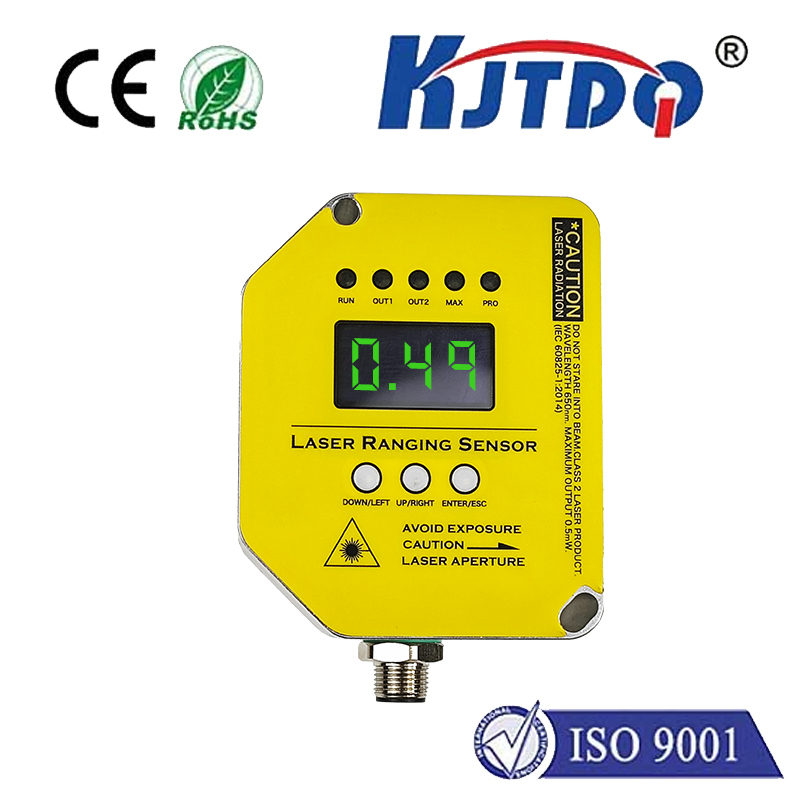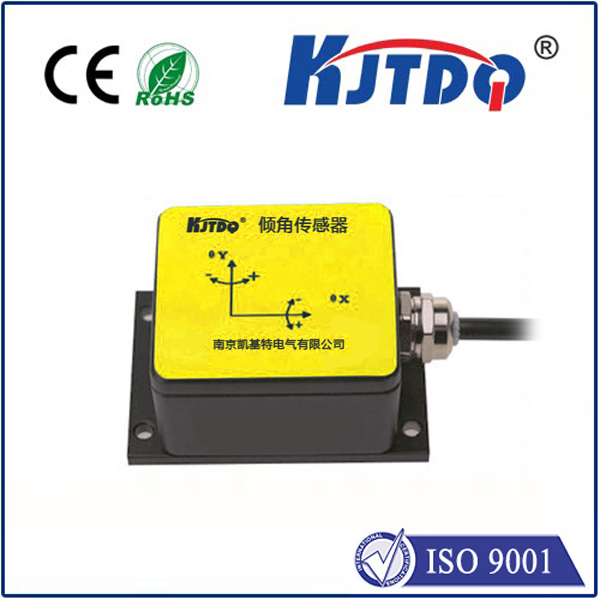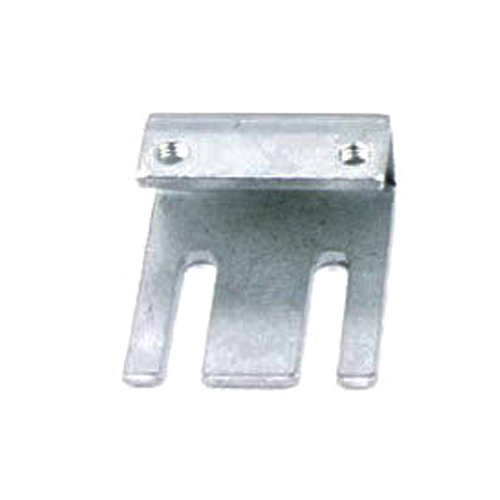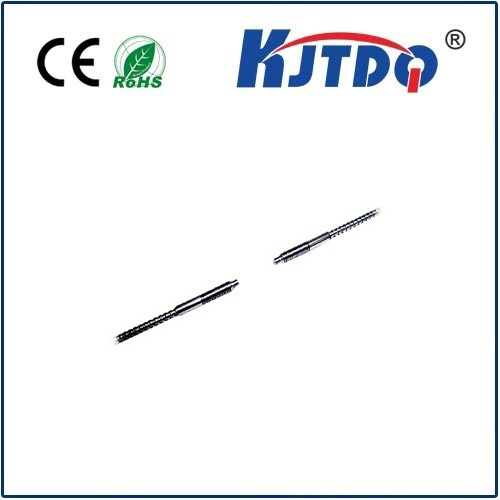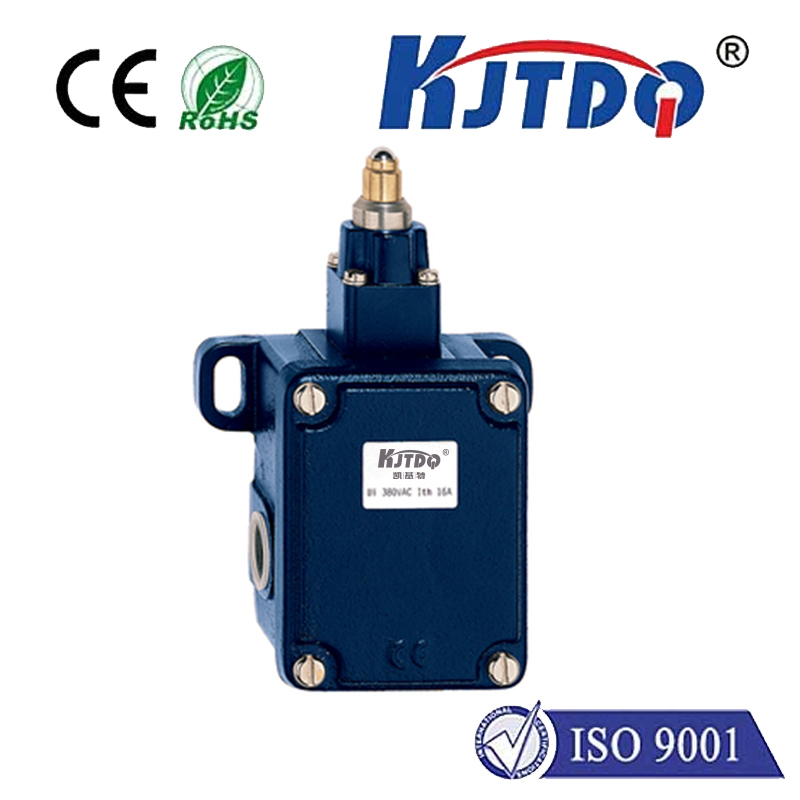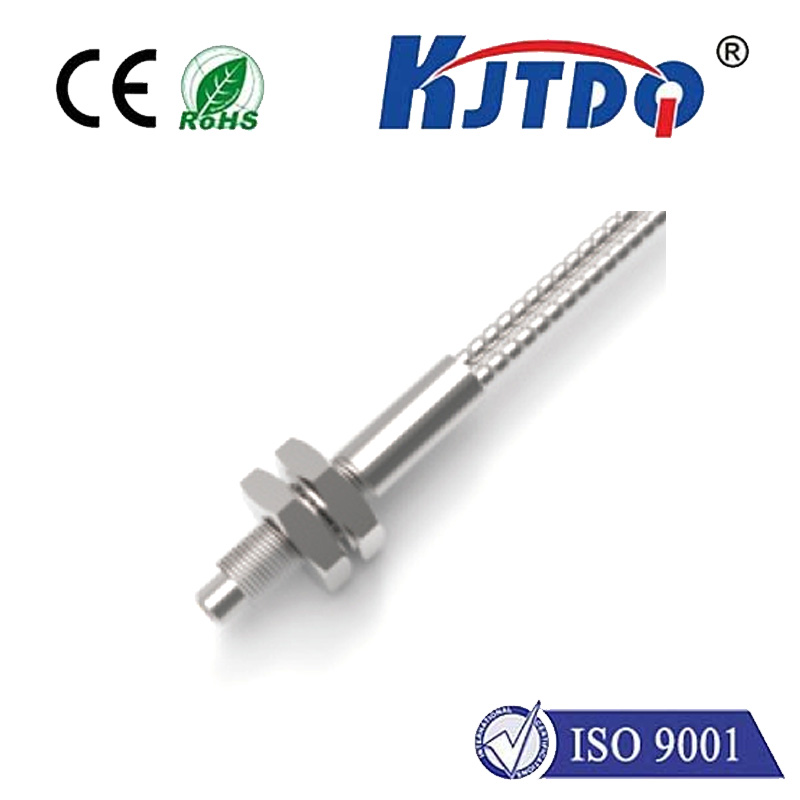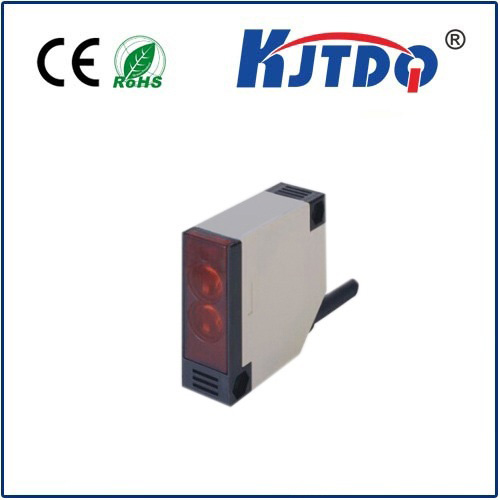lever type limit switch
- time:2025-09-13 00:42:28
- Click:0
Lever Type Limit Switches: Precision Position Detection for Industrial Automation
Imagine a critical machine component hurtling towards its intended stopping point. How does it halt precisely, consistently, and safely every single time? Often, the unsung hero ensuring this pinpoint accuracy is a robust mechanical sensor: the lever type limit switch. These fundamental devices are ubiquitous workhorses in industrial settings, providing reliable physical position feedback to control systems. Understanding their operation, advantages, and applications is key to appreciating their enduring role in automation.
At its core, a lever type limit switch is a rugged, electromechanical device designed to detect the presence or absence of an object, or to define the end-of-travel position of a moving part. Unlike proximity sensors that work contactlessly, lever switches require physical actuation. The defining feature is a mechanical lever arm, typically mounted on the switch body. When an object or moving part makes contact with this lever, the lever moves, actuating an internal switching mechanism (usually snap-action for reliability). This mechanical action opens or closes electrical contacts within the switch, sending a clear signal to the machine’s control circuit.
Why the Lever? The lever arm provides significant advantages:
- Mechanical Advantage: The lever multiplies force. A relatively small force applied near the end of the long lever arm translates into sufficient force at the pivot point to reliably trip the internal switch mechanism, even with gentle object contact.
- Adjustability: Lever arms often come in various lengths and materials (metal, plastic). Some feature adjustable roller types (rollers, plungers, wobble sticks) at the end, allowing customization for specific actuation angles, forces, or surface interactions. This adjustability enhances application flexibility.
- Versatility in Actuation: The lever arm can be actuated from many directions – pushed, pulled, or even rolled over – depending on its design and the roller type. This makes it suitable for complex motion paths.
- Visual Confirmation: The position of the lever arm often provides a clear, visual indication of the switch’s status (actuated or not), aiding in troubleshooting.
Key Components and Operation:

- Lever Arm: The externally visible actuating component. Its length, material, and end actuator type define its characteristics.
- Actuator Head: The element at the end of the lever that makes direct contact. Common types include:
- Roller Lever: Uses a rotating roller, ideal for contacting moving surfaces with minimal friction. Common in conveyor systems.
- Plunger Lever: Features a fixed head, suitable for precise point actuation.
- Wobble Stick Lever / Fork Lever: Designed for actuation from any radial direction, excellent in confined spaces.
- Internal Switching Mechanism: Typically a snap-action switch using springs to ensure positive, rapid contact opening or closing upon reaching a critical actuation point. This minimizes arcing and ensures long electrical life.
- Electrical Contacts: Change state (Normally Open - NO / Normally Closed - NC) upon actuation, controlling the connected circuit.
- Enclosure: Provides crucial protection against environmental hazards like dust (IP ratings), water (IP ratings), oil, and physical impact (NEMA ratings). Ruggedness is paramount.
Advantages Over Other Switch Types:
While proximity sensors offer contactless operation, lever type limit switches hold distinct advantages:
- Simplicity & Cost-Effectiveness: Their purely mechanical operation makes them inherently simple and generally less expensive than advanced proximity sensors.
- Reliability: Proven technology with high repeatability. They work well in environments with dirt, vibration, or electromagnetic interference where optical or proximity sensors might struggle.
- Tactile Feedback: Physical actuation provides unambiguous confirmation, beneficial for maintenance and safety-critical applications.
- Robustness: Designed to withstand harsh industrial environments, physical impact, and contamination. High-quality switches offer exceptional longevity.
- Zero Speed Detection: Since they require physical contact, they inherently detect objects regardless of speed, unlike some proximity sensors needing relative motion.
Where Lever Type Limit Switches Excel:
Their robustness and reliability make them indispensable across countless industries:
- Material Handling: Establishing end-of-travel positions for lifts, hoists, cranes, and automated guided vehicles (AGVs). Detecting pallet positions on conveyors.
- Packaging Machinery: Controlling the movement of forming tools, product pushers, and fillers. Verifying gate positions.
- Machine Tools: Defining the limits of travel for milling tables, lathe carriages, and robotic arms. Ensuring safety guards are closed (safety interlocks).
- Automotive Manufacturing: Position feedback on welding robots, assembly line fixtures, and transfer mechanisms.
- Access Control: Actuated by gates or barriers to signal their open/closed status.
- Process Equipment: Monitoring valve positions or actuator strokes in control systems.
- Agricultural Equipment: Detecting implement positions on tractors and harvesters.
Selecting the Right Lever Limit Switch:
Consider these crucial factors:
- Operating Environment: What IP rating (dust/water) or NEMA rating is needed? Temperature extremes? Exposure to chemicals, oils, or cutting fluids?
- Actuation Requirements: What force is available? What is the required travel distance? What angle of approach? Roller, plunger, or wobble stick actuator?
- Electrical Specifications: Required voltage, current (AC/DC), contact configuration (NO, NC, changeover), and contact rating (ensuring it can handle the connected load - contact rating is critical!).
- Mounting: Available space and required mounting orientation.
- Lever Arm: Required length, material (stainless steel for corrosion resistance), flexibility (spring-return or rigid).
- Durability Needed: Expected number of operating cycles. High-cycle applications demand high-quality snap-action mechanisms. Longevity is tied to mechanical life and electrical life ratings.
In Conclusion: An Enduring Solution
Lever type limit switches embody the principle of robust simplicity. Their reliable mechanical action, driven by the versatile lever arm, provides a cost-effective, highly dependable solution for countless position detection tasks in demanding industrial environments. While newer technologies emerge, the fundamental reliability, simplicity, and tactile assurance of the lever type limit switch ensure it remains a vital component in the automation landscape. Understanding their operation and selection criteria empowers engineers and technicians to implement effective control and safety solutions where precise position feedback is non-negotiable. Their unmistakable “click” often signifies a machine operating safely and exactly as intended.








